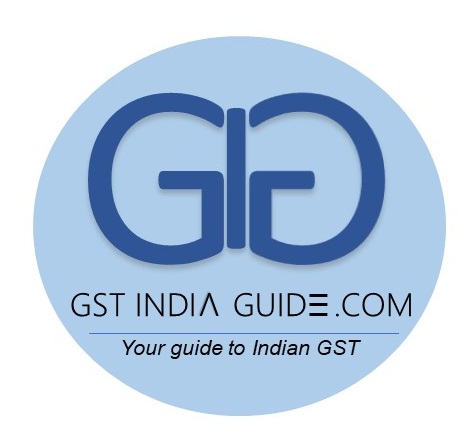- Developers under scanner for not passing on input tax credit benefit to homebuyers
- In the prevailing real estate downturn, many developers ignored anti-profiteering provisions or did not pay attention
NEW DELHI: More than 50 property developers, including some of India’s top builders, are being investigated for profiteering under the goods and services tax (GST) regime, said a person aware of the development.
The investigation by the Directorate General of Anti-Profiteering (DGAP) is trying to find out if the builders made undue profits by failing to pass on to buyers the benefit of input tax credit that was available to them.
Before GST was introduced in July 2017, various taxes levied by central and state governments on under-construction property added up to 5.5-6.5%. Under GST, real estate was placed under the 12% tax slab. Many builders duly raised prices, even though they could now claim input tax credit against products and services on which they had already paid tax.
“In the pre-GST era, there was no input tax credit facility on construction materials like cement and steel, which was there in the GST regime (till March-end). This called for a price cut, not a price increase,” the person cited earlier said on condition of anonymity.
After 21 months, the tax credit facility was finally withdrawn on 1 April for new projects, as federal indirect tax body GST Council felt consumers were not benefiting from it.
The companies under investigation are spread across the country and include some of the big names in the real estate industry, the person cited earlier said, declining to name them. Investigation reports are expected over the next few months. Mint could not independently confirm the names of the builders.
Niranjan Hiranandani, president of industry body National Real Estate Development Council, said that material and labour costs as well as taxes and levies on the real estate industry had seen a gradual rise in recent years, impacting the overall cost for a homebuyer. “While each project and location will have different calculations, there is no ‘gain’ as a result of the levies, which came to an end post GST, when one does a simple calculation,” said Hiranandani. He added that it would be incorrect to suggest that gains to developers on ceasing of levies post GST were not passed on to buyers.
Industry experts said that at the time GST came into force, the real estate sector was struggling with weak demand for under-construction properties. Preference for ready-to-occupy homes to avoid construction delays and zero GST on completed houses further depressed demand for under-construction properties. During the period that input tax credit benefit was available to builders, they could claim credit for taxes paid on raw materials and services, but only for the flats sold until completion certificate was issued; for the remaining flats sold after obtaining completion certificate, they were not allowed to recover those taxes.
In the prevailing industry downturn, many developers ignored anti-profiteering provisions or did not pay adequate attention.
“The real estate sector, which has come under increased scrutiny on account of Real Estate (Regulation and Development) Act, has also had to grapple with GST on an overall basis in addition to passing on the benefits on account of increased input tax credits to buyers,” said M.S. Mani, partner at Deloitte India. “Considering the complex nature of the business and the absence of sector-specific guidelines for the real estate sector, many players would have found it difficult to pass on the benefits to buyers.”
Before the new indirect tax regime came into force in July 2017, excise duty was levied by the central government at the rate of 12.5% on most construction materials, while state governments used to charge 12.5-14.5% value-added tax (VAT) on these materials. The amount paid towards these levies, however, was not available as credit for adjusting against the 4.5% service tax and the 1-2% VAT (depending on the state) levied on the under-construction flat sold to the customer.
Once tax rates on under-construction properties were reduced from 12% to 5% and on affordable housing projects from 8% to 1%, input tax credits were withdrawn.
The GST Council withdrew the tax credit benefit as it felt consumers were anyway not benefiting from it.
DGAP has so far investigated about 125 cases and found that 60% of them had indulged in profiteering.
Companies often find it onerous to pass on the benefit of tax reductions to every consumer across their product portfolio due to operational challenges. It is not sufficient for a business to show that it has not retained any of the tax benefits.
Also, increasing the quantity of the product sold is not accepted as a way of passing on the benefit of tax cut to consumers, which should be in the form of a price cut.
Officials concede that anti-profiteering provisions in the central and state GST Acts are not perfect and that these may evolve further in future.
